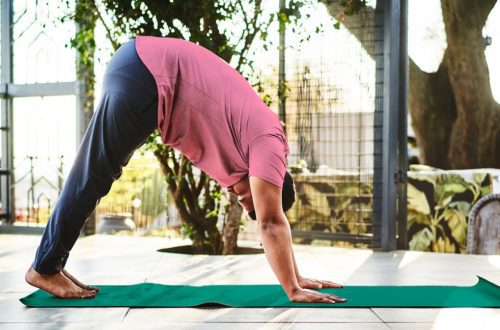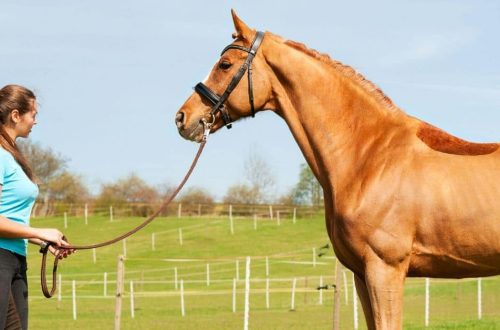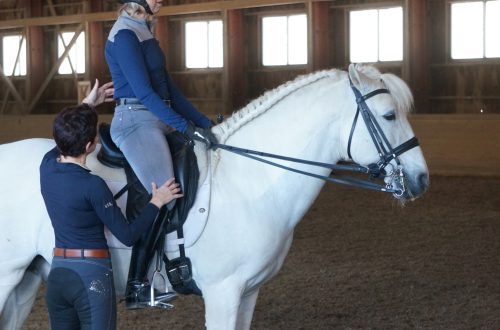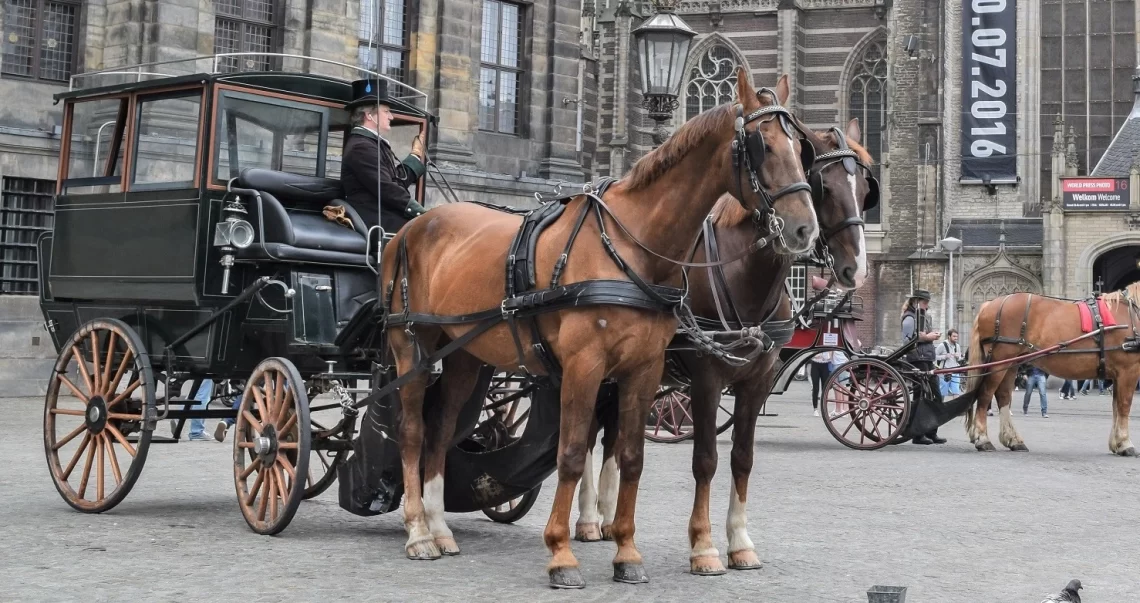
Horse and carriage – have a good trip!
Varieties of horse carriage



- Horse trailers (attached to a passenger car) for one, but more often for 2 heads.
- Horse trailers for six to twelve heads that transport a large number of horses from one club over a long distance.
Trailers are best operated with jeep-type vehicles. An ordinary passenger car, especially if it “drags” a horse carriage on two heads, puts both people and horses at risk. The weight of a horse carriage with two horses must be equal to or slightly less than the weight of a car, and this is possible only on all-wheel drive vehicles designed for driving in extreme conditions. Note that our “Niva” is suitable, but still light, but the police “goat” is what you need, if, of course, it is in good order. But in the conditions of market choice, it is better to entrust the transportation of a horse to an imported jeep of a reputable brand.
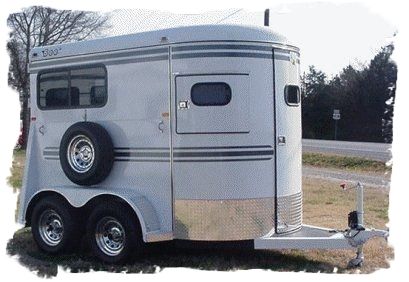
If the car is light, then the permissible speed of horse transportation is reduced. The risk of “blowing off” the car along with the horse carrier increases, in which the windage is significantly higher than that of a traditional trailer, for example, by a wave from an oncoming truck. For this and a number of other reasons, transportation in a light car is dangerous.
A car with a horse-drawn trailer is recommended to travel at a speed of about 80 kilometers per hour, but on a good highway a strong car can go at a speed of up to 120 kilometers. And keep in mind that such a horse carriage is mainly not designed for long distances.
For a trailer, in any case, the speed limit is 100 km/h. Note that any traffic police officer has the right to ask you if you have documents for a horse.
accident prevention
When transporting a horse, the animal must be carefully protected from injury. The optimal dimensions of a stall in a horse carriage are 250 by 70 cm. As a rule, even double horse carriages are equipped with reliable partitions between the stalls, so even horses of different sexes can be transported without fear. In this case, it is recommended to tie the stallion shorter. In a large trailer, it is better to put a gelding between the stallion and the mare. Of course, inside the horse carrier should not have sharp corners, protruding nails, chips or something like that. Be sure to inspect the stall of the horse carriage you rent. The floor of the horse carriage must be covered with a thick layer of sawdust or straw, and hay in the reptuha (net) will calm and distract the horse. 2 hours before the start of the trip, you can feed the horse with oats. But you can also transport horses “on an empty stomach.” The main thing is that there is enough hay on the road, which is taken in a ratio of one to three: a triple portion for each day on the road compared to the usual dacha norm. In general, consider where and for how long you are going, and try to stock food and water for the entire trip. Some horses do not tolerate a sudden transition to unfamiliar food and water. Often during transportation and immediately after them, oats and its substitutes are canceled for horses. If the horse is visiting for a long time, or you have just purchased it, take the usual food for 2-3 days, and then gradually transfer to the local diet.

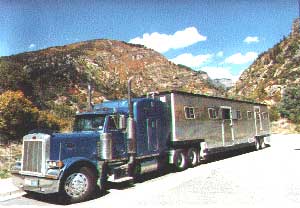
There are two important points that should be treated with great attention: this is the behavior of the horse when entering the horse carriage, and the behavior of the horse during the ride. A horse can only be taught to travel by gentle and patient treatment, and preferably from an early age. If the horse categorically does not want to go to the horse carriage, you can:
- Make a corral with a wide funnel to guide the animal through it. At first, your horse will not suspect a dirty trick, and then it will be too late to resist.
- Bring the horse-cart close to the stable door so that the horse does not have time to realize that it is not being taken outside, but is being led into a terrible car. It is no secret that some horses are affected by the type of car – they take the transportation itself calmly.
- Use a long stack or sham barrier. Two grooms may well manipulate the horse with his help and with the help of a bridle or halter.
- A nervous and overly mobile horse can be tried to close its eyes (throw cloth), but in this case the situation must be very strictly controlled. If the horse shied away blindly, this is even worse than with open eyes. Alternatively, blinders and headphones can be used.
- Some capricious people need to rearrange their legs. That is, one groom firmly fixes the muzzle, and the other, having tied a rope to the front legs, alternately rearranges them. Three or four steps later, the horse, perhaps, decides that there is nowhere to go, and enters the horse carriage.
- A horse that knows one person (trainer, groom, rider) will more easily enter the horse carriage just behind him.
- You can “buy” a gourmet with bait – sugar, cracker.
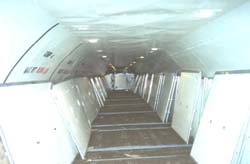
So that during the movement the animal does not hurt its legs, it should be transported in long soft padded jackets, fixed with inelastic and in no case tight bandages. In addition, a lush and long tail is better to be bandaged and twisted, as for running. In cold or wet weather, or if, God forbid, your horse carriage leaks, the horse should be transported in a travel blanket, and a hood additionally secured with straps.
If all of the above measures do not help, and your pet does not want to enter the trailer in any way, and after 3 hours of travel you almost immediately need to perform show jumping on it, use sedatives. Special veterinary “Vetranquil” 1%, however, can be detected in the blood and regarded as doping. But there is a good alternative – homeopathic balls “Calm down”. Give the horse 20 pellets every 2 to 3 hours.
Drafts are a particular danger to the horse during transportation. Horses that tolerate a fairly significant negative temperature are intolerant of drafts, especially thoroughbred or sheared ones. Both in summer and in winter, in a small horse carriage or in a trailer, the horse must be provided with fresh air, but at the same time in such a way that a draft does not fall directly on it. Windows are provided in the trailer – a special system of plugs, and a canopy or part of the canopy is raised in the horse-trailer. Modern imported horse carriers have air conditioners.
Do not forget that the horse on the road must be tightly tied. The stubborn can be carried in a bridle, but this is undesirable – the horse should avoid stress as much as possible on the trip, especially if he is going to competitions.
During transportation over a long distance, every 6-8 hours it is required to take breaks – to lead the horse “in the hands” for at least two hours, to drink. The horse gets tired of “damping” the movements of the car with his legs, and too long a run can damage him.
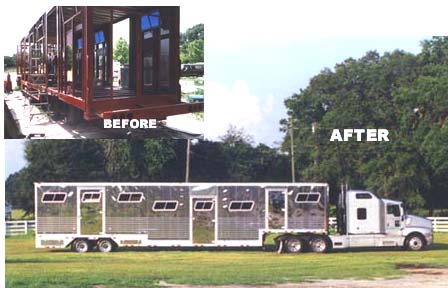
Horses must be accompanied in the trailer by at least one qualified groom or horse breeder who has a first aid kit at his disposal and knows what to do in case of illness or injury. In addition, be sure to know the “hot phone” of the veterinary service or the veterinarian who serves this animal. The veterinarian accompanies a large number of heads in the trailer. If there is an unforeseen delay on the way, you should be guided by the situation. Do not forget the most important thing, that you are responsible for the horse and must provide for all possible difficulties that lie in wait for you on the way. Keep in mind that the horse, despite its seeming power, is a gentle animal and can easily pay with health and even life because of your carelessness. And don’t forget the bucket! You can find water along the highway, but you can’t buy a bucket forgotten in the stable.
And the last. Horse transport is not a cheap pleasure. Now the prices for ordering a horse carriage for one or two heads fluctuate within two or three dollars per 1 km of run.
 mother.of.smile 13th of June 2011
mother.of.smile 13th of June 2011useful article))) thanks) Answer



